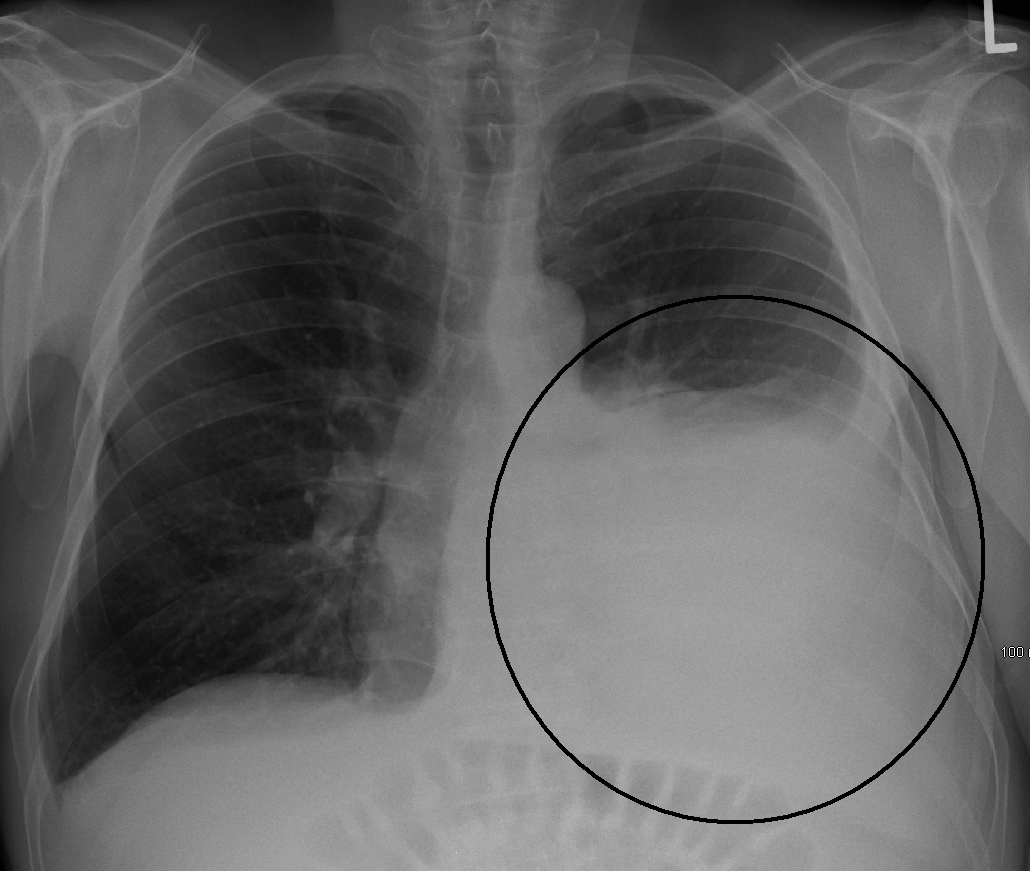Small Kids and Squiggle Lines - An Introduction to Pediatric EKG Interpretation
/It’s a typical shift in your community shop when you see a patient on the board that makes you nervous. 2 year old male with syncope. It’s been awhile since you have treated someone born in the 21st century and you know this child’s workup will likely involve an EKG. The closest pediatric hospital is 2 hours away. How comfortable do you feel interpreting the squiggle lines generated by this little heart?
Read More
















